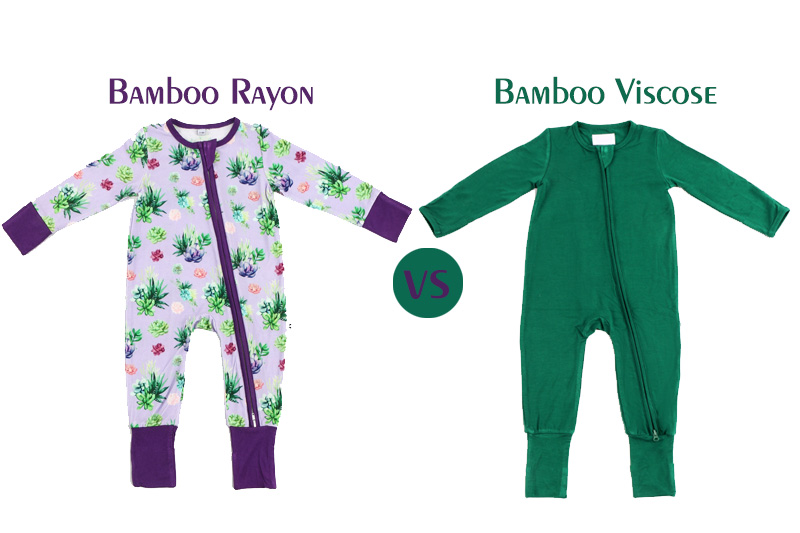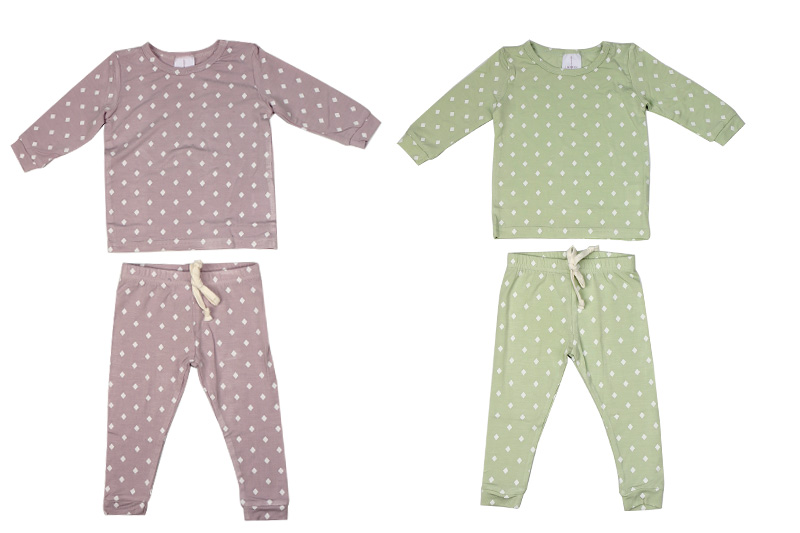
Introduction
In the world of baby clothing manufacturing, bamboo rayon and bamboo viscose are terms often thrown around. As a reputable manufacturer, it's crucial to provide clarity to customers who seek understanding about these materials.
In this comprehensive guide, we'll delve into the nuances between bamboo rayon and bamboo viscose, shedding light on their differences, advantages, and which might be the superior choice for your baby's clothing needs.
Understanding Bamboo Fibers
Before we explore the disparities between bamboo rayon and bamboo viscose, it's essential to grasp the fundamentals of bamboo fibers.
Both rayon and viscose are derivatives of bamboo, a sustainable and eco-friendly material celebrated for its softness, breathability, and moisture-wicking properties. Bamboo fibers are lauded for their hypoallergenic nature, making them an ideal choice for sensitive baby skin.
Bamboo Rayon: Unveiling the Characteristics
Bamboo rayon is engineered through a chemical process involving bamboo pulp, wherein cellulose fibers are extracted, dissolved, and then spun into threads. This manufacturing technique results in a luxurious fabric renowned for its silky texture and exceptional absorbency.
Bamboo rayon boasts excellent breathability, making it perfect for baby clothing, especially in warm climates. Additionally, it possesses natural antibacterial properties, ensuring a fresh and hygienic environment for your little one.

Bamboo Viscose: A Closer Look
On the other hand, bamboo viscose is produced using a similar process to bamboo rayon, albeit with slight variations in chemical treatments. Viscose, in general, tends to have a higher level of processing compared to rayon, which can influence its properties.
Bamboo viscose shares many of the desirable traits of bamboo rayon, such as softness and moisture-wicking abilities. However, some argue that bamboo viscose may have a slightly smoother feel compared to its rayon counterpart.
Key Differences
Manufacturing Process
One of the primary distinctions between bamboo rayon and bamboo viscose lies in their manufacturing processes. While both undergo chemical treatments to transform bamboo pulp into fibers, the specific methodologies may vary, resulting in subtle disparities in texture and performance.
Texture and Feel
While both fabrics boast remarkable softness, bamboo viscose is often touted for its exceptionally smooth texture. Conversely, bamboo rayon may exhibit a slightly more textured feel, which some individuals prefer for its tactile sensation.
Absorbency and Breathability
Both bamboo rayon and bamboo viscose excel in moisture absorption and breathability, making them ideal choices for baby clothing. However, slight variations in manufacturing processes may influence the degree of absorbency and breathability offered by each fabric.
Environmental Impact
Bamboo, as a raw material, is celebrated for its sustainability and minimal environmental footprint. However, it's essential to consider the specific manufacturing practices employed in producing bamboo rayon and bamboo viscose.
Opting for fabrics manufactured using eco-friendly processes can further reduce your carbon footprint and contribute to a healthier planet for future generations.
Making an Informed Choice
When it comes to selecting the perfect fabric for your baby's clothing, the decision ultimately boils down to personal preference and priorities.
Both bamboo rayon and bamboo viscose offer exceptional softness, breathability, and moisture-wicking properties, making them suitable choices for sensitive baby skin.
Conclusion
In conclusion, the disparity between bamboo rayon and bamboo viscose lies primarily in their manufacturing processes and subtle differences in texture and feel.
While both fabrics share many desirable traits, such as softness and breathability, it's crucial to consider your preferences and values when making a decision.
By understanding the nuances between these materials, you can make an informed choice that aligns with your needs and values as a conscientious consumer.